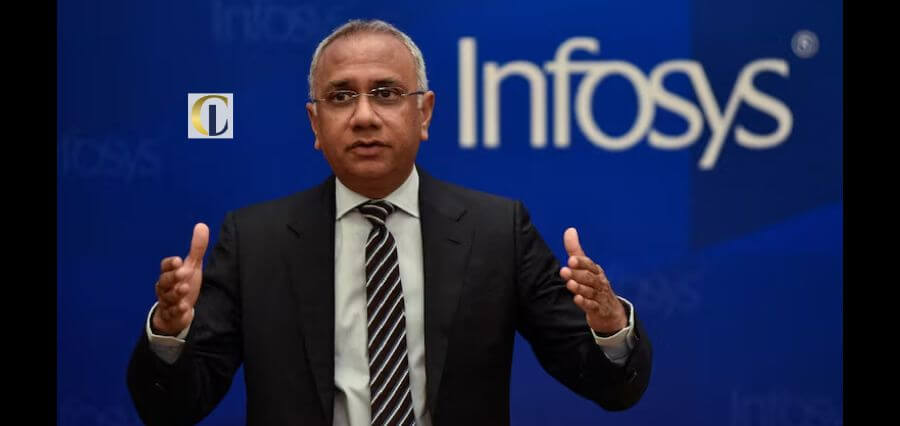Every year, India welcomes an influx of approximately 12 million young individuals into the employable age group, projecting a staggering 1.04 billion working-age population by 2030. In a global context where many nations grapple with aging workforces and labor shortages, India stands uniquely positioned with an expanding workforce supply that outpaces demand. However, paradoxically, India faces a persistent shortage of both skilled and unskilled labor.
Recent data from 2023 underscores the gravity of the issue, revealing significant labor shortfalls across various sectors, including manufacturing, engineering, and infrastructure projects. The National Skill Development Corporation (NSDC) reported a demand for approximately 103 million skilled workers in 2022, while the supply lagged by a substantial 29 million workers. The Confederation of Indian Industries (CII) also highlighted a significant gap between demand and supply, estimating a 68 percent shortfall in migrants returning to tier-1 cities in 2022 compared to 2021.
Several factors contribute to India’s labor shortage, including the predominance of informal workers, wage problems, limitations in the education system, inadequate skills development, migration to other sectors, negative perceptions, and social stigma associated with manufacturing jobs. Additionally, tensions within states often lead to the mass exodus of migrant laborers.
The implications of this labor shortage extend to India’s ability to meet domestic and international demand, limit technological advancements, and hinder the nation’s potential as a global manufacturing hub. Addressing this challenge requires a multi-faceted approach involving improved incentives, curriculum revisions, public-private partnerships, awareness campaigns, upskilling initiatives, and efforts to diversify the workforce, particularly by encouraging women to enter the manufacturing sector.
While government and industry initiatives like the e-Shram portal and the National Database of Unorganized Workers (NDUW) aim to improve the situation, more comprehensive efforts are needed to bridge the labor gap and prevent the drain of low-skilled Indian labor to other countries. Swift action is imperative to secure India’s position as a leading global manufacturing destination.
Read More: Click Here








